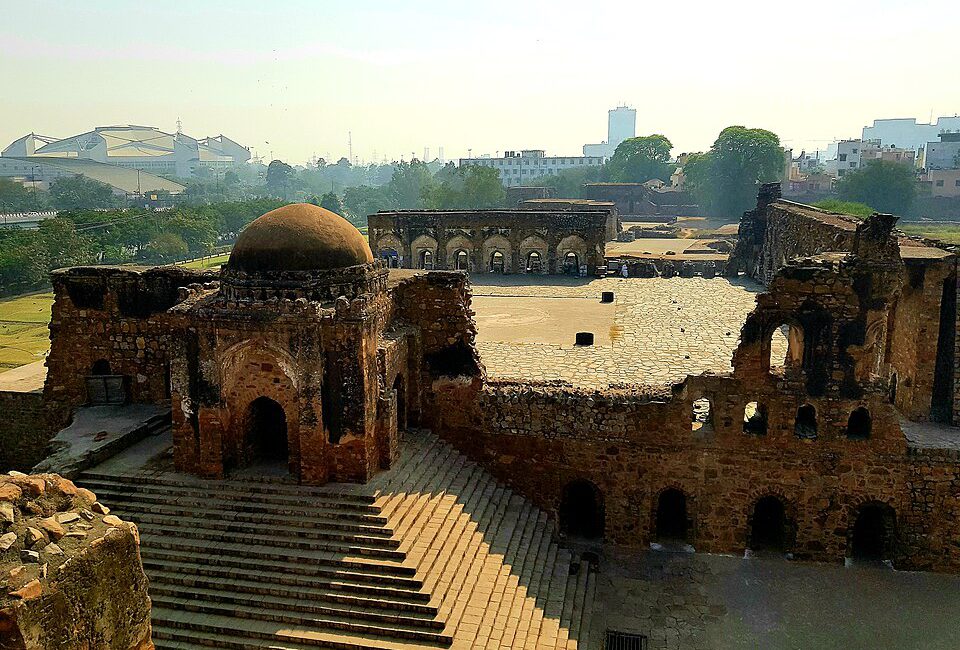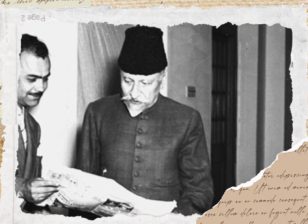In the Shadow of World Heritage Day, 158 Delhi Monuments Stand at the Crossroads of History and Politics
In the Shadow of World Heritage Day, 158 Delhi Monuments Stand at the Crossroads of History and Politics
Every year on April 18, countries around the globe observe World Heritage Day—also known as the International Day for Monuments and Sites—to recognize and celebrate the world’s cultural heritage. In India, a country known for its architectural marvels and layered histories, the day is usually marked by public events, school trips, and media tributes to monuments like the Taj Mahal, Qutub Minar, and Humayun’s Tomb. But this year, World Heritage Day arrives under the shadow of growing controversy in Delhi, where more than a hundred heritage sites stand at the center of a bitter dispute over ownership, access, and erasure.
The Delhi Waqf Board has reported that 158 Waqf properties, including major mosques and tombs, are under unauthorized occupation by the Archaeological Survey of India (ASI). These aren’t obscure or forgotten sites—they include some of Delhi’s most iconic historical monuments, such as Humayun’s Tomb, Jama Masjid at Kotla Firoz Shah, and Masjid Quwwat-ul-Islam inside the Qutub Minar complex.
Let’s take a closer look into the issue as the ASI tightens its grip and proposed legislation threatens to codify these takeovers.
- Humayun’s Tomb—and 157 other sites—under fire
According to an RTI response to journalist Afroz Alam Sahil, the Delhi Waqf Board claims that 158 Waqf properties are being unlawfully occupied by the ASI. The list includes major heritage sites such as:
-
- Masjid Quwwat-ul-Islam (Qutub Minar complex)
- Jama Masjid, Kotla Firoz Shah
- Masjid Qudsia Bagh (near ISBT Kashmere Gate)
- Masjid Khair-ul-Manzil (Mathura Road)
- Maqbara Feroz Shah Tughlaq (Hauz Khas village)
- Masjid Arab Ki Sarai (Nizamuddin)
- Maqbara Maulana Jamali Kamali (Mehrauli)
- Masjid Begum Pur (Begumpur village)
- ASI vs. Waqf Board: A battle over history
When the Waqf Bill 2024 was introduced in Parliament, the ASI admitted to the Joint Parliamentary Committee (JPC) that the Waqf Board has laid claim to 120 heritage properties in Delhi alone. These 120 sites were included in the JPC’s official list—many overlapping with the Waqf Board’s claims. - The proof lies in the paperwork
The Delhi Waqf Board insists it holds documentary evidence backing its claims, including listings from the 1970 Gazette Notification. Notably, Humayun’s Tomb appears on page 386/15, dated April 16, 1970, as a Waqf property. - Accusations of communal bias
The ASI has faced long-standing allegations of bias. In a recent Lok Sabha session, MP Asaduddin Owaisi accused the government of transforming the ASI into “a puppet of Hindutva ideology.” He pointed to the deteriorating condition of sites like the Taj Mahal, which he claimed was plagued by cracks and leaks while receiving little to no attention from the ASI. - Mosques locked down—but not for everyone
Prayers have reportedly been shut down in most mosques under ASI control. One major example: Masjid Quwwat-ul-Islam, built in the 1190s, is closed for Muslim worship—but Hindutva groups are allegedly allowed to hold sessions within the premises. Once the first mosque built in Delhi after the Islamic conquest, it saw significant expansions under Iltutmish in the 13th century and later sparked construction of the towering Qutub Minar in 1199. - A deeper loss: 38 mosques and 16 graveyards
Out of the 158 contested Waqf properties, 38 are mosques and 16 are graveyards—deeply significant to Delhi’s Muslim heritage and religious life. - Not just a Delhi problem
According to ASI records, 250 protected monuments across India are currently registered as Waqf properties—meaning this is part of a much larger national battle over heritage, ownership, and identity. - What’s at stake with the Waqf Act 2025
If the Waqf Act 2025 passes unopposed, it could pave the way for ASI to take permanent control of these sites. Critics say this would strip the Waqf Board of its custodial rights over religious and cultural landmarks.




